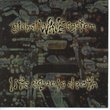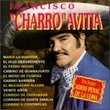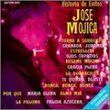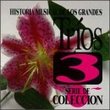Tesoros escondidos de la corte Hispanica
conquistador69 | 10/29/2001
(5 out of 5 stars)
"It was by chance that I came across this recording.
Actually I was looking for something else. Not much
is done to advertise this kind of music here in the
Americas. Both composers featured in this recording are
not well known outside of Spain. Jose Melchor Baltazar de
Nebra y Blasco, we know from an earlier recording of his
zarzuela "Vientos es la Dicha de Amor".The other composer
Francisco Courcelle was born in Italy, but like Scarlatti,
he came to Spain to work and ended up in the Royal Chapel.
Both pieces were heard in Madrid in 1999 for the starting
of the celebrations of the Jubilee Year, the recording
being made two days after the celebrations. Madrid Barroco
is a group of period-intruments musicians who specialize in the
performance of Spanish music of this period,(in this case, late baroque)."
A voice teacher and early music fan
George Peabody | Planet Earth | 12/18/2007
(5 out of 5 stars)
"EXCELLENT; ENTERTAINING; ENERGIZING!
The environment of the Spanish Court in the mid-18th century enjoyed its musical life, influenced no doubt by the presence of the celebrated castrato 'Farinelli' and the Queen's music teacher Domenico Scarlatti, AND the two well-loved principal composers at court: Francisco Courcelle and Jose de Mebra. In their music, as demonstrated on this recording,there is substance and originality.
Among the most obvious and characteristic differences between the two composers will be heard in Nebra's predilection for block choral sounds, and orchestral doublings of strings by the winds. By contrast Courcelle works demonstrate his generally more contrapuntal writing, more open textures and varying orchestrations. Both composers follow, without exception, constant opposition of a four-voice solo 'choir' to a full chorus, pure Baroque tradition, but practised with particular constancy in Spain. This music is music which played a large role in the festive, celebrative and religious life of the 18th century Bourbon Court of Spain.
The performance of this music is superb! The Chorus actually consists of the 4-voice choir with 2 other voices added. Each singer sings their part skillfully and devotionally with rich tone quality, clear diction and a good sense of the 'drama' in the music. I was personally pleased to encounter a perfectly lovely sounding countertenor soloist (American)with a uniquely different quality than I have heard before. In fact, somewhat like Michael Chance; not exactly! The overall ensemble has a vibrant well-balanced sound and the music is quite interesting and exciting. I totally enjoyed it!!!"
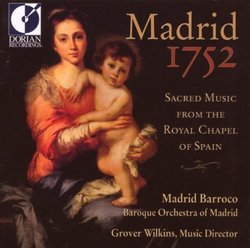

 Track Listings (28) - Disc #1
Track Listings (28) - Disc #1